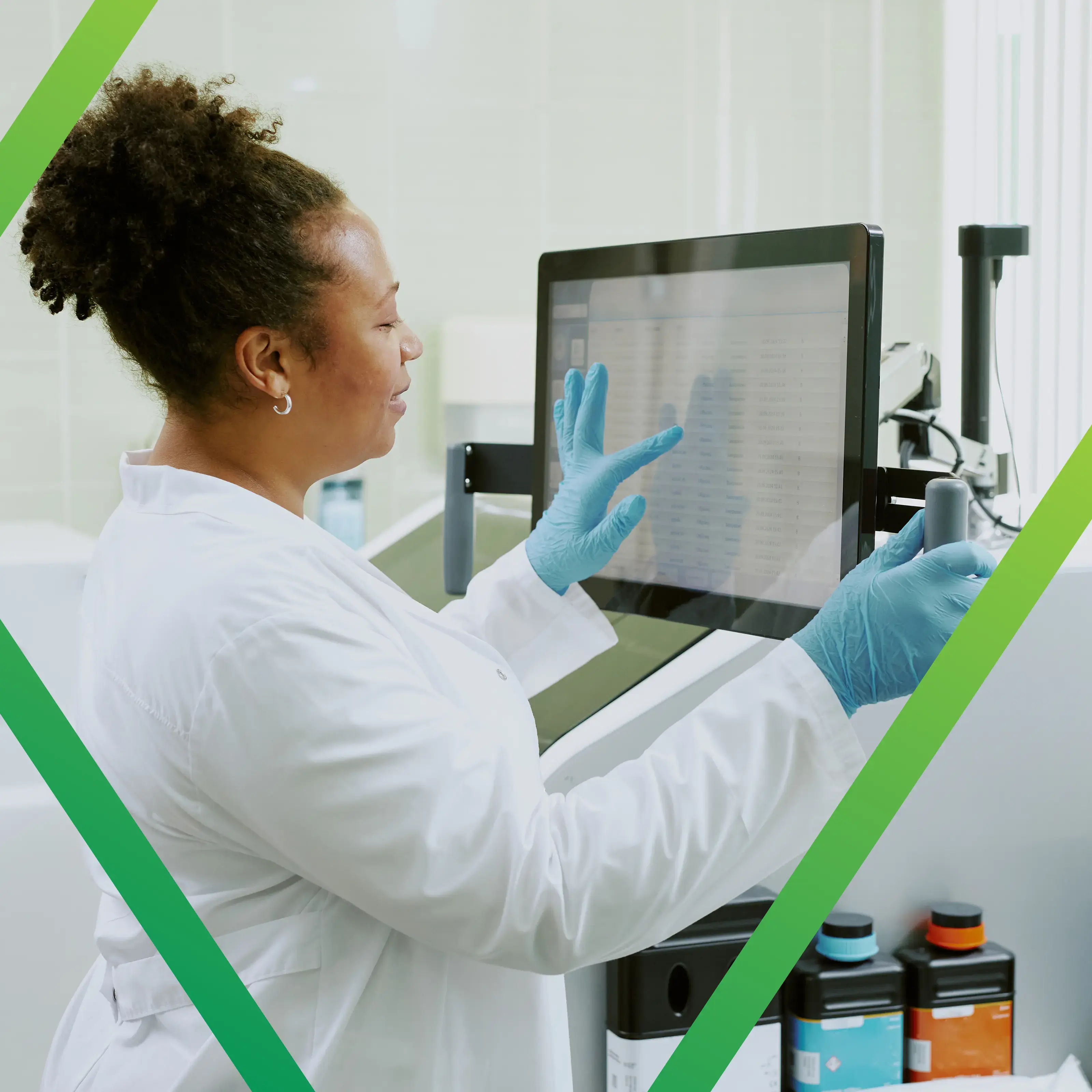3 min read
The Role of Scientific/Medical Literature Screening and Review in Pharmacovigilance
Heidi Jerman : Nov 29, 2023 4:16:41 PM

Why search the scientific and medical literature?
“Scientific and medical literature is a significant source of information for monitoring of the safety profile and of risk benefit balance of the medicinal products, particularly in relation to detection of new safety signals or emerging safety issue.”1
Screening the literature is important to ensure that a new medicinal product demonstrates a positive benefit-to-risk ratio — that the expected benefit of treatment outweighs the known and reasonably anticipated risks — during pre-clinical and clinical studies as well as once it has received marketing authorization and is being used by the greater public. In other words, the benefit-risk evaluation (BRE) needs to remain positive. Review of the relevant literature helps provide the information needed to conduct the BRE for the product, which takes the form of expedited reporting, periodic reports, and signal detection activities. These are submitted to regulatory authorities in various countries to support the ongoing marketing authorization.
What type of information is required?
The section providing the literature data in various regulatory documents, such as Development Safety Update Reports (DSURs) and Periodic Benefit Risk Evaluation Reports (PBRERs) is important. These documents must include any new and significant safety findings during the reporting period, such as:1
- Any new, unexpected serious and non-serious Individual Case Safety Reports (ICSRs) with reasonable causal association with the product
- Non-ICSR safety information
- Pregnancy outcome with no adverse outcomes
- Use in the pediatric population
- Lack of efficacy
- Asymptomatic overdose, abuse, or misuse
- Medication error with no adverse events occurred
- Important non-clinical safety results
Which sources should be used for the literature review?
To identify new signals and locate information to include in the period reports, literature sources include the European Medicines Agency (EMA) medical literature monitoring (MLM) service, global (indexed) literature, and local (non-indexed) literature.
- Reviewing the list from the MLM service: Marketing authorization holders (MAHs) need to monitor safety using the MLM, which has been fully operational since September 2015. The legal basis is Article 27 of Regulation (EC) No 726/2004.2The MLM provides a list of suspected adverse drug reactions (ADRs) associated with select active ingredients across a range of substances including herbals. These ADRs are related to medicines that have been authorized or are being studied in clinical trials in the European Economic Area (EEA) and are entered into the EU adverse reaction database (EudraVigilance) by the MLM service.The MLM service provided by the EMA aims to2:
- Avoid a duplication of effort by MAHs
- Prevent entry of identical ICSR reports into databases
- Enhance the quality and consistency of data reported
- Improve the safety monitoring of medicines
The MAH has a responsibility to incorporate the EMA MLM information into their safety databases and periodic reports, maintaining compliance with the marketing authorization requirements within and outside of the EEA. The MAH also has a responsibility to report ICSRs that have not already been reported to EudraVigilance and the MLM service.2 This includes suspected ADRs for active substances covered or not covered by the EMA service.
- Monitoring the global (indexed) literature: This involves finding scientific and medical publications in global databases such as PubMed, Embase, and MEDLINE, in which specific search strings based on predefined criteria per the data requirements are used to conduct the literature search.
Searches are structured to be as broad as possible to minimize any chance of missing a relevant publication. Two of the many ways to create a search string are:
- Generic search string: ‘Drug name or active ingredient OR brand name OR generic name OR trade name’
- Advanced search string: ‘active ingredient’ OR ‘tradename’ AND ‘event term’
- Monitoring the local (non-indexed) literature:This involves finding scientific and medical publications from local journals across different countries and languages. The MAH is expected to monitor the local journals in each territory where marketing authorization is granted.
In addition to published abstracts and articles in medical/scientific journals, monitoring should also include unpublished information such as case reports, important safety findings, or descriptions of findings from clinical studies (e.g., posters, letters to the editor, and scientific meetings).
Why are quality and efficiency important for monitoring the literature?
The quality of literature monitoring in the pharmacovigilance process is critical to evaluating a potential causal relationship between the ADR and the product and can have a significant impact on the quality of ICSRs, periodic safety reports, detection of new safety signals, and eventually the BRE of medicinal products.
- Challenges with quality include unreliable reporting of adverse events, limited information on the effects of long-term exposure, temporal associations, dose effects, co-morbid conditions, incidence of the event in the untreated general population, as well as the large volume of literature and data to review.
- Consequences for quality issues with the literature review may come as an impact to the company’s reputation for an inadequate BRE as well as a possible product recall.
An efficient process is needed to overcome the time, cost, and relevancy needs related to searching the growing volume of information. Manual search strategies can be time consuming and costly and may miss relevant information if the search is too narrowly defined. The sources as well as the techniques to extract pertinent information are consequential.
We hope you have found this article useful in understanding the basics of a scientific literature review to support pharmacovigilance. Veranex is an experienced partner for pharmacovigilance services, and we are here to help. Learn more about our Data Management & Analytics services and how they can support your clinical development or get in touch today to start the conversation about your pharmacovigilance or clinical data services needs.
References



